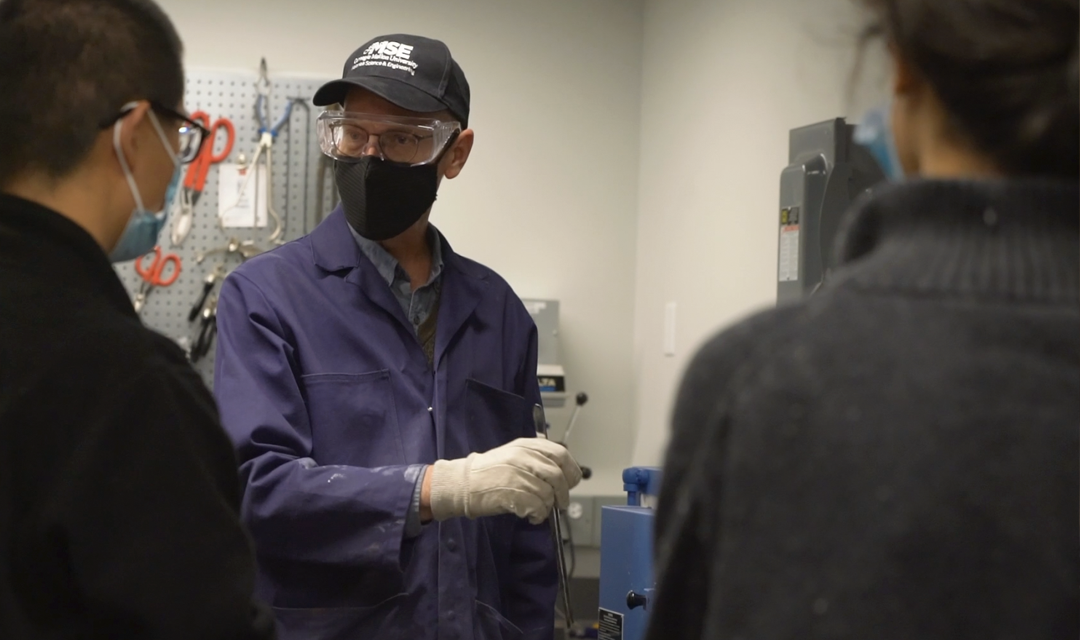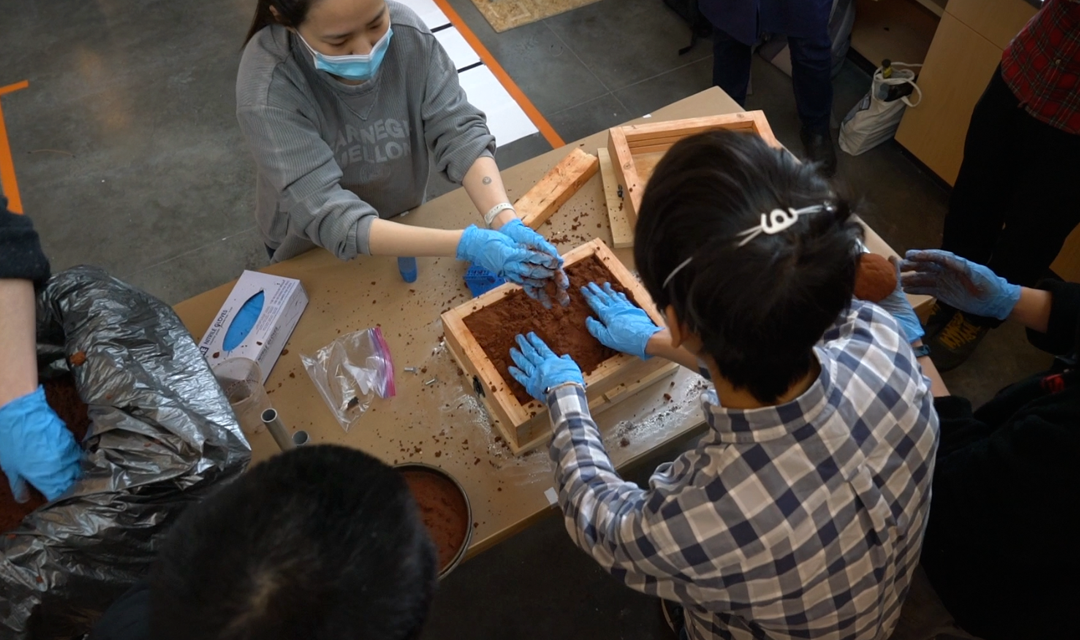Revisiting steel
Advancing modern steel research allows us to access unique properties while lowering the carbon footprint, and it’s important for education.
For as long as humanity has been using steel, one would think that we know everything there is to know about making it. Well, we don’t, as evidenced by the interest in the research paper, “A Review of Steel Processing Considerations for Oxide Cleanliness.”
It was one of the top-10 most-downloaded papers from the journal, Metallurgical and Materials Transactions 50th Anniversary Collection in 2020.
The lure of the article is that steel production is “still very much a current issue,” says Chris Pistorius. He and Bryan Webler, the paper’s authors, are professors with the Center for Iron and Steelmaking Research in Carnegie Mellon University’s Department of Materials Science and Engineering.
“The paper is about controlling low levels of impurities that are present in steel when it’s being processed in the liquid state,” says Pistorius. The properties that steel exhibits depend on its overall chemical composition and how it was processed. Low levels of impurities, mainly oxide inclusions, can cause problems.
“We’ve been working on ways to predict how these impurities change during processing and affect the steel. The ultimate aim is to come up with optimized steel processing methods for new grades of steel because what we call steel now is a different beast from what it used to be,” says Pistorius.
“What keeps this research fresh is that analytical and experimental techniques have improved a lot,” he explains. Computational modeling and simulation enable researchers to better predict what reactions will happen and when, while electron microscopy allows for quick analysis of inclusions in steel. These and other science-based approaches to steelmaking are needed because routine techniques generally don’t work well for making new steels that have unusual combinations of strength and deformability.
“It’s kind of a gift to academia. Since traditional processing methods no longer work that creates an opening for us to do relevant research,” says Pistorius.
“Advancing modern steel research in terms of new alloys and processing paradigms allows us to access unique properties while lowering the carbon footprint, but it’s also important for education,” says Elizabeth Dickey, head of the Department of Materials Science and Engineering.
“Combining computational simulation with experimental verification is important. And bringing that to undergraduate education is one of the things that CMU is particularly good at,” says Dickey.
Pistorius, a professor of materials science and engineering, recently taught a course on metal solidification processing. In class, students studied microstructure evolution and learned how to design castings. During the last week of class, the students actually cast components by melting and pouring aluminum into molds they built. They used simulation software to predict the flow of the metal through the mold and the temperature in the casting as it solidified. They then compared the actual results to their simulated data. “These are skills one would use when analyzing a casting in an industrial environment,” says Pistorius.
“The curriculum is designed so that students learn the theory behind materials processing. They use modern computational tools to simulate those things, and then they get into the lab and actually process materials,” says Dickey.
There are not many universities today that have students actually casting metals or making materials, but these hands-on experiences are vital because, “you can’t learn everything through a textbook,” says Dickey. “There are practicalities that are important to understand, like what it takes in terms of time, cost, and energy to actually make materials and process them. The way to modernize education is to integrate fundamental theory, computational modeling, and practical laboratory-based experimentation.”


